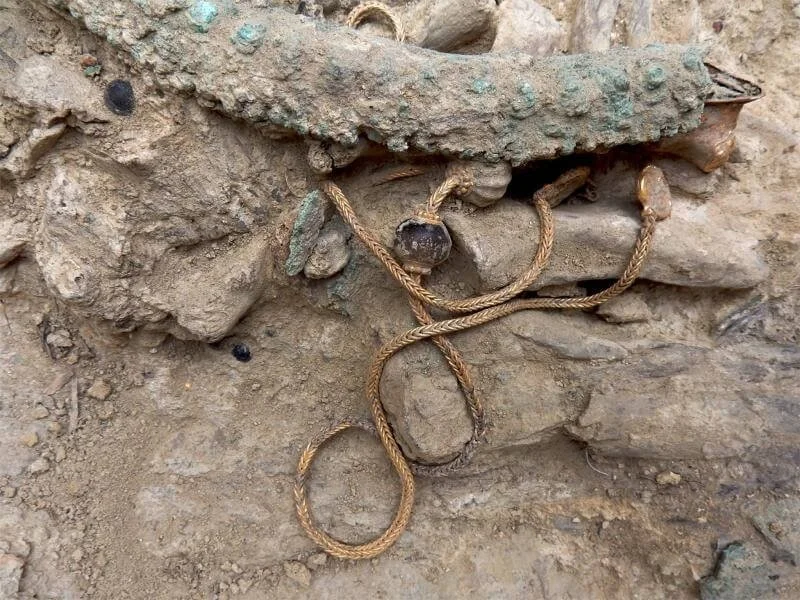Throughout history, human creativity has often been a double-edged sword, leading to awe-inspiring innovations—and downright horrifying methods of torment. Among the strangest and most unsettling examples is a form of punishment nicknamed the 'goat's tongue'. This bizarre technique involved nothing more than saltwater, a goat, and a bound victim—yet it could inflict unimaginable agony, leaving its mark in the annals of humanity's darker side.
The Method Behind the Madness
At first glance, the setup sounds almost comical: a person has their feet soaked in saltwater, then restrained, leaving the soles of their feet exposed. Enter the goat, a seemingly harmless farm animal. Drawn by the salty residue on the victim's skin, the goat begins licking—its rough tongue acting like a persistent, natural sandpaper.
Initially, the sensation might seem ticklish, even amusing. But as the goat continues its relentless work, the humor fades. The abrasiveness of the goat's tongue gradually wears away the skin on the feet, exposing raw, sensitive tissue. What starts as a peculiar discomfort soon turns into searing pain, as layer after layer of skin is stripped away.
The process didn’t just stop at physical torment. Open wounds were at high risk of infection, especially in eras when hygiene and medical care were rudimentary. A goat's mouth, far from sterile, could introduce a host of bacteria into the fresh wounds, leading to potentially fatal infections. Even if infection didn’t set in, the sheer damage to the feet often rendered victims immobile, compounding their suffering.
A Tale as Old as Rome
The origins of this unusual form of torture date back to Ancient Rome, a society notorious for its inventive punishments. Historical documents from the era describe the 'goat's tongue' as one of several methods used to extract confessions or exact punishment. While other infamous Roman tortures—such as crucifixion or the brazen bull—relied on elaborate mechanisms, this technique's simplicity made it unique. It required no complex apparatus, only patience and the natural instincts of an animal.
An artist's impression of the 'goat's tongue' punishment (By Nan Palmero from San Antonio, TX, USA - Rothenburg Germany Torture Museum, CC BY 2.0, https://commons.wikimedia.org/w/index.php?curid=65242774)
The 'goat's tongue' wasn’t designed to be a quick punishment. Its cruelty lay in its slow, methodical nature, drawing out the victim’s agony over hours or even days. This psychological torment—knowing the pain would only escalate—was as much a part of the punishment as the physical suffering.
Why Such Strange Methods?
Reflecting on bizarre punishments like the 'goat's tongue', one might wonder why such outlandish methods were ever conceived. The answer lies in the human tendency to experiment with power, fear, and control. In ancient societies, torture served not only as a method of punishment but also as a tool for deterrence and a grim spectacle to reinforce authority.
By using everyday animals like goats, this form of punishment was also a grim reminder of the thin line between the ordinary and the horrific. A goat, a symbol of rural life and nourishment, was transformed into an instrument of pain, subverting its benign image.
The Painful Legacy
While the 'goat's tongue' torture method has long since fallen out of practice, its legacy endures as a testament to humanity's capacity for cruelty. Stories like this remind us of the darker chapters in our shared history, where ingenuity was wielded not for progress but for punishment.
Today, we can be grateful that such barbaric practices have been consigned to history. Modern society may have its flaws, but at least we no longer live in fear of being licked to death by a goat.
So the next time you find yourself laughing at a goat's antics on a farm, spare a thought for the poor souls of the past who experienced firsthand the sinister side of this seemingly innocent animal.
Final Thoughts
The 'goat's tongue' is a chilling reminder of the lengths to which humans have gone to inflict pain. While grotesque and bizarre, it is a window into the human psyche, demonstrating how cruelty can take forms as unexpected as they are horrifying. Let it serve as a cautionary tale—and perhaps a reason to never underestimate a goat.








